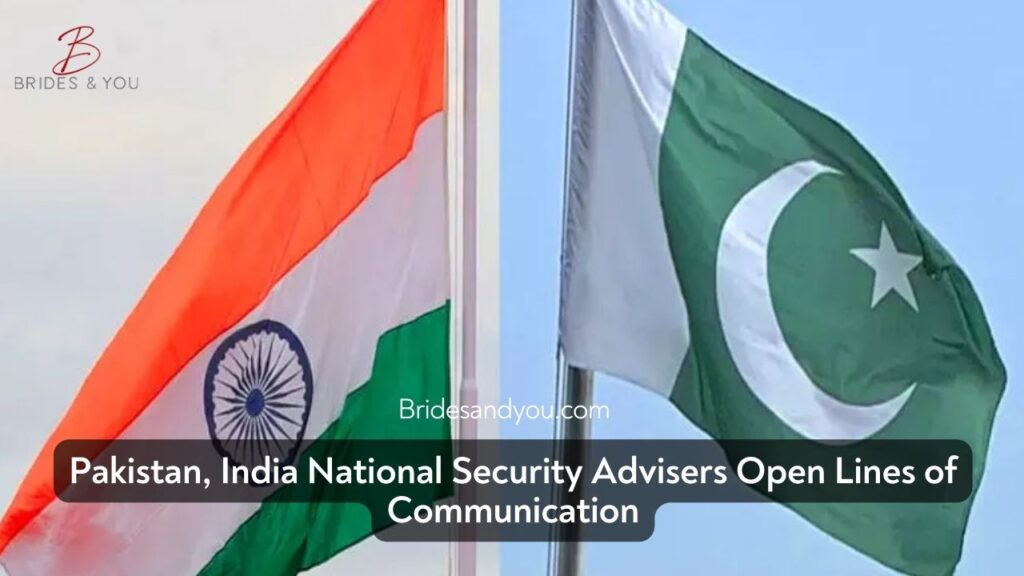Now Reading: India Blocks Pakistani YouTube Channels After Pahalgam Attack Coverage: A Deepening Rift
-
01
India Blocks Pakistani YouTube Channels After Pahalgam Attack Coverage: A Deepening Rift
India Blocks Pakistani YouTube Channels After Pahalgam Attack Coverage: A Deepening Rift

In a fresh wave of media crackdowns, India has officially blocked access to more than a dozen Pakistani YouTube channels, sparking intense debates around freedom of expression and censorship. The action came after these channels provided coverage of the recent Pahalgam attack, highlighting inconsistencies in the Indian government’s narrative.
The decision to block Pakistani digital voices has been met with both concern and criticism, further escalating the already fragile relationship between India and Pakistan.
Pakistani Channels Silenced for Exposing Alternate Narratives
Several prominent Pakistani media outlets, along with independent journalists, found their YouTube platforms banned in India. These channels were accused of spreading what Indian authorities called “misleading and provocative content” concerning the Pahalgam incident.
Interestingly, while the Indian government leveled serious allegations against the Pakistani platforms, no concrete examples or evidence supporting the claim were made public.
Among the affected are some of Pakistan’s largest news organizations and influential voices:
- Geo News — 18.1 million subscribers
- ARY News — 14.6 million subscribers
- Samaa TV — 12.7 million subscribers
- Bol News — 7.85 million subscribers
- Shoaib Akhtar (ShoaibAkhtar100mph) — 3.81 million subscribers
- GNN — 3.54 million subscribers
- Dawn News TV — 1.96 million subscribers
- Suno News HD — 1.36 million subscribers
- Irshad Bhatti — 829k subscribers
- Raftar — 805k subscribers
- Muneeb Farooq — 165k subscribers
- Asma Shirazi — 133k subscribers
- Umar Cheema Exclusive — 125k subscribers
- Pakistan Reference — 288k subscribers
- Uzair Cricket — 288k subscribers
- Razi Nama — 270k subscribers
- Samaa Sports — 73.5k subscribers
Collectively, these channels had amassed over 66 million subscribers — a massive audience now deprived of access to alternative reporting within India.
Understanding the Pahalgam Attack and the Fallout
The trigger point for this media clampdown stems from the tragic events in Pahalgam, a popular tourist area in Indian Illegally Occupied Jammu and Kashmir (IIOJK). On April 22, 2025, a horrifying attack led to the death of 26 men at the site.
In the immediate aftermath, Indian officials blamed Pakistani elements without offering concrete proof. Pakistan, on its part, strongly denied any involvement, terming the accusations “baseless.”
Tensions only grew from there:
- April 23, 2025: India’s Cabinet Committee on Security rolled out major retaliatory measures — shutting the Wagah-Attari transit point, warning Indians against travel to Pakistan, and moving to suspend the historic Indus Waters Treaty.
- April 24, 2025: Pakistan’s National Security Committee (NSC) issued a stern warning. Any attempt to block Pakistan’s water supply would be treated as an act of war. The NSC also authorized the closure of the Wagah border crossing.
- April 25, 2025: Pakistan’s Senate unanimously passed a resolution rejecting India’s allegations regarding the Pahalgam incident, describing them as “politically motivated and unsubstantiated.”
Vandalism at the Pakistani High Commission in London
As tensions soared, violence spilled over into diplomatic spaces. On April 26, 2025, hundreds of Indian protesters rallied outside Pakistan’s High Commission in London. Unfortunately, the protest devolved into vandalism, with demonstrators smashing windows and splattering saffron paint across the building.
Pakistan promptly accused India of orchestrating the act, pointing fingers at Indian state-backed elements. British authorities arrested two individuals involved in the chaos.
Federal Information Minister Attaullah Tarar condemned the attacks, labeling them as “state-sponsored terrorism targeting diplomatic missions.”
The Larger Question: Freedom of Expression or State Censorship?
The blocking of Pakistani YouTube channels has raised serious concerns regarding India’s approach to media freedom. Critics argue that instead of addressing discrepancies raised by Pakistani media regarding the Pahalgam incident, India chose to silence alternate narratives altogether.
This move hints at a larger trend of increasing media control in India, particularly when it comes to sensitive topics like Kashmir and Indo-Pakistani relations.
While governments do have the right to counter disinformation, the lack of transparency in citing specific violations, coupled with the sheer scale of the bans, has led to suspicions of censorship under the guise of national security.
For Pakistan, the blocking of its digital voices is seen as a diplomatic and media suppression tactic — a way to limit the international exposure of narratives that counter India’s official stance.
Conclusion
The latest blockade of Pakistani YouTube channels amid the Pahalgam incident has once again put freedom of speech, media control, and Indo-Pakistani tensions into sharp focus. As both nations dig deeper into their positions, the biggest casualty in this conflict seems to be open dialogue, transparency, and the right of audiences to hear multiple sides of a story.













